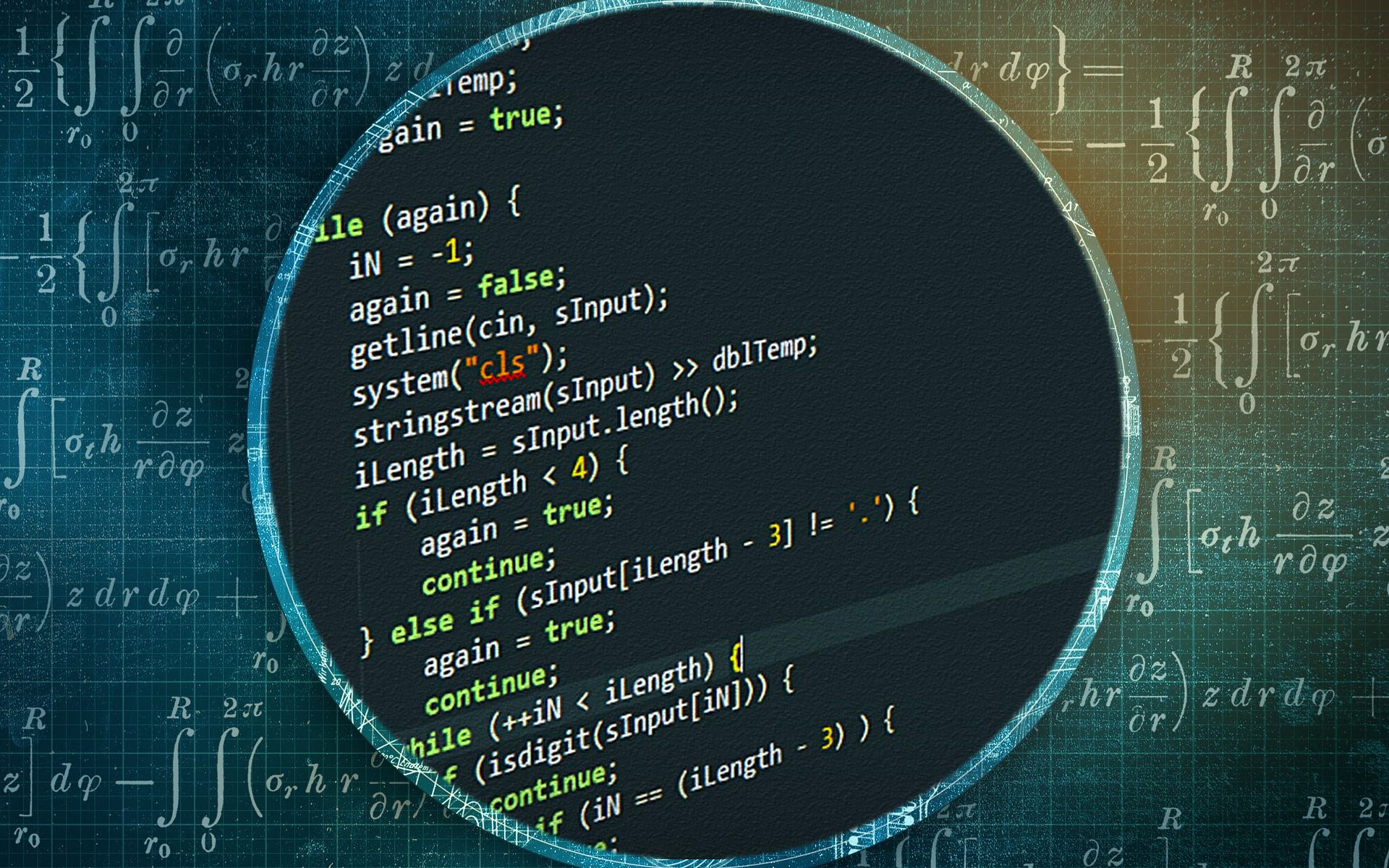As software and algorithms become an increasingly pervasive part of our lives, there’s growing interest and concern on how they are affecting society, the economy, and politics.
Copyright: bdtechtalks.com – “How algorithms come into being”
 Yet, most social studies of algorithms perceive them as obscure black boxes that function autonomously. This isolated look at them, which separates them from their human elements leads us to the wrong understanding and conclusions.
Yet, most social studies of algorithms perceive them as obscure black boxes that function autonomously. This isolated look at them, which separates them from their human elements leads us to the wrong understanding and conclusions.
The Constitution of Algorithms, a book by Florian Jaton, Postdoctoral Researcher at the STS Lab at the University of Lausanne, sheds light on the human side of algorithms by exploring them from the inside instead of studying them from afar. Instead of working his way back from a working algorithm and trying to figure out how it came into being, Jaton starts from seemingly unrelated entities, such as people, desires, documents, curiosities, and then studies how all of these come together and interact to form what we call algorithms.
By marrying ethnography and hands-on practice of ground-truthing, programming, and formulating, Jaton discovers all the small but important details and practices that go into creating them. And in his journey, he shows us how we and our algorithms affect each other. Accordingly, his study of the constitution of algoritms can help uncover new directions to align our software with our values.
Peering inside the black box
“When I started to be interested in the topic in 2013, there was already a substantial, and generally quite critical, literature on the social effects of algorithms,” Jaton told TechTalks. “These important works studied the ways in which of them acted on our lives, while also emphasizing their opacity.”
While these studies were important and helped draw attention to the impact of algorithms on different levels, Jaton thought that the systematic denunciation of the power of algorithms could be counterproductive. […]
Thank you for reading this post, don't forget to subscribe to our AI NAVIGATOR!
Read more: www.bdtechtalks.com


As software and algorithms become an increasingly pervasive part of our lives, there’s growing interest and concern on how they are affecting society, the economy, and politics.
Copyright: bdtechtalks.com – “How algorithms come into being”
The Constitution of Algorithms, a book by Florian Jaton, Postdoctoral Researcher at the STS Lab at the University of Lausanne, sheds light on the human side of algorithms by exploring them from the inside instead of studying them from afar. Instead of working his way back from a working algorithm and trying to figure out how it came into being, Jaton starts from seemingly unrelated entities, such as people, desires, documents, curiosities, and then studies how all of these come together and interact to form what we call algorithms.
By marrying ethnography and hands-on practice of ground-truthing, programming, and formulating, Jaton discovers all the small but important details and practices that go into creating them. And in his journey, he shows us how we and our algorithms affect each other. Accordingly, his study of the constitution of algoritms can help uncover new directions to align our software with our values.
Peering inside the black box
“When I started to be interested in the topic in 2013, there was already a substantial, and generally quite critical, literature on the social effects of algorithms,” Jaton told TechTalks. “These important works studied the ways in which of them acted on our lives, while also emphasizing their opacity.”
While these studies were important and helped draw attention to the impact of algorithms on different levels, Jaton thought that the systematic denunciation of the power of algorithms could be counterproductive. […]
Thank you for reading this post, don't forget to subscribe to our AI NAVIGATOR!
Read more: www.bdtechtalks.com
Share this: